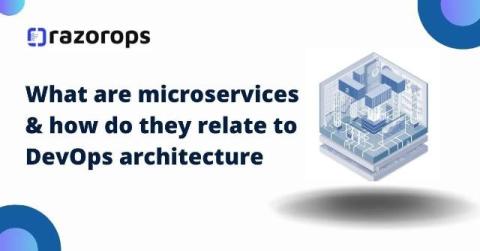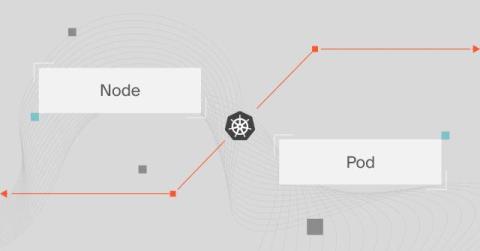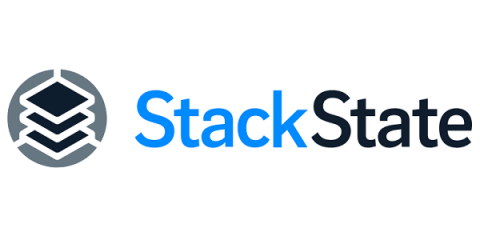Convert OpenTelemetry Traces to Metrics using SpanMetrics Connector
What if your have already implemented tracing but lacks robust metrics capabilities? Enter SpanConnector: a tool that bridges this gap by converting trace data into actionable metrics. This post details the workings of SpanConnector, providing a guide on its configuration and implementation.











